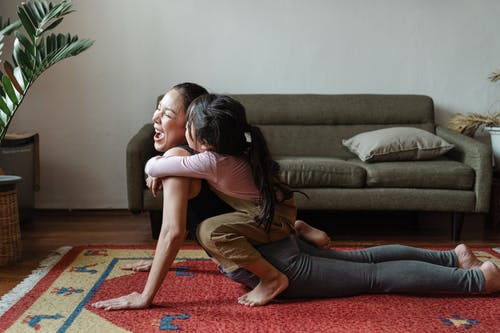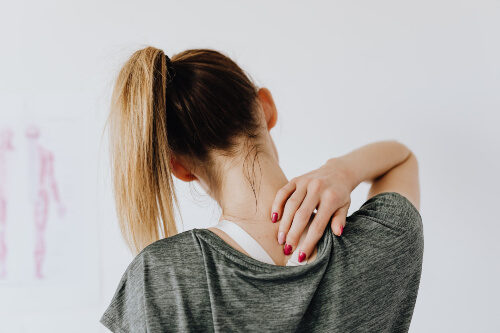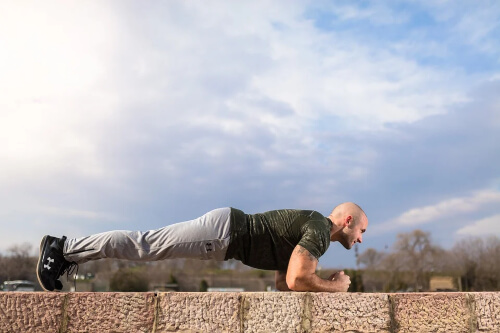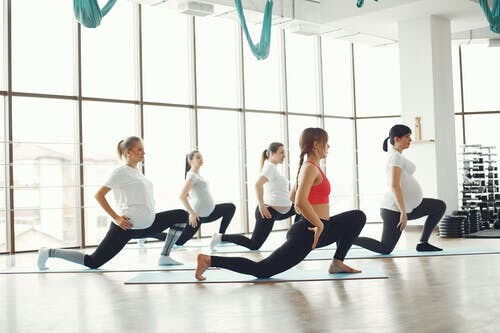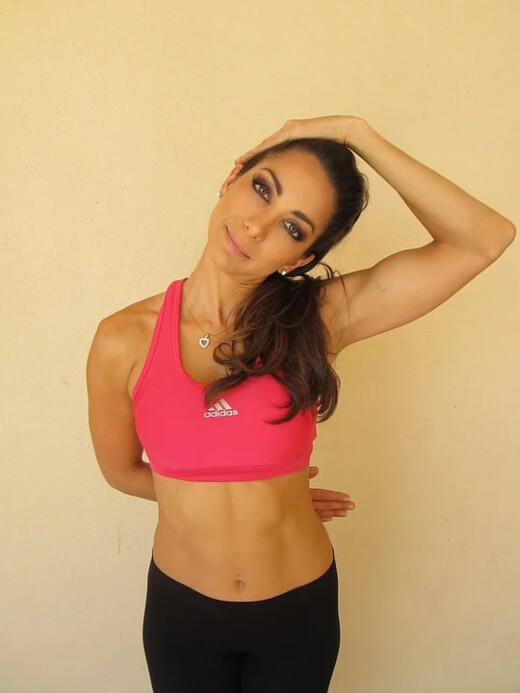In this article, we will give you 9 of the best stretches to improve the most common forms of bad posture.
For assistants and expert guidance on how to correct posture, be sure to contact one of our 9 locations to have a consultation with one of our Accredited Exercise Physiologists.
Why Good Posture is Important?
Knowing how to correct posture is the first step in improving your long term health. Good posture helps develop balance, strength and flexibility. Practising proper posture will lead to higher energy levels and less muscle pain.
When you improve your posture, you will also become more aware of your body. Practising good posture makes it easier to correct your posture. It is a habit that gets easier over time.
Posture Correction Exercises
Bad posture harms your body and leads to aches and pains. It can also make you look tired, unhealthy and unconfident. Additionally, bad posture can be part of the reason you are experiencing pain. By performing the proper exercises you can manage your pain and improve your posture.
The best types of exercise to improve posture focus on strengthening your core muscles. This includes your abdominal and lower back muscles.
Making posture correction exercises part of your daily routine will strengthen your muscles and improve your posture. The more you practice good posture the better you will feel. You will also see improvements in your health and appearance.
9 Exercises to Correct Your Posture
1. Doorway Stretch
Your chest and ab muscles can get tight. The doorway stretch can loosen these muscles.
- Point your elbows out to the side with your forearms and hands upwards.
- Step into the doorway and allow your arms to press against the door frame.
- Press slightly so that you feel the stretch.
- Hold the position for 15 to 20 seconds.
- Repeat 3 times.
2. Chin Tucks
Your head should be aligned above your spine. Chin tucks will strengthen your necks muscles and flexibility.
- Exercise can be performed standing or sitting.
- Look straight ahead so that your chin is parallel to the floor.
- Place your finger on your chin.
- Pull your head backward until you feel a stretch.
- Hold the position for 15 to 20 seconds.
- Repeat 3 times.
3. Decompression
When your back is tight, you may have issues sitting or standing up straight for more than a few minutes at a time. Decompressing your spine will help strengthen your muscles and protect your joints.
- Use a sturdy surface that you will not be able to pull over, such as your kitchen sink.
- Hold on and slowly lower yourself backward while bending at the hips.
- Your arms and back should in line with each other. And all of your weight should be behind you.
- Hold the position for 20-30 seconds.
- Repeat 3 times.
4. Plank
Plank exercises are an easy way to improve your core muscles.
- Lay on your stomach and place your elbows under your shoulders.
- Place your forearms straight out on the floor with your wrists in alignment with your elbows.
- Contract your glutes, thighs and abdominal muscles and hold yourself up on your forearms and toes.
- Do not drop your head, hips or shoulders.
- Hold the position for 10-50 seconds depending on your skill level.
- Repeat 5 to 10 times.
5. Glute Squeezes
Glute squeezes can strengthen your glutes and get rid of back pain.
- Lie on the floor with your knees bent.
- Your feet should be hip-distance apart and about a foot from your hips.
- Place your arms, palm down, alongside your body.
- Exhale, press with your heels and raise your hips while squeezing your glutes.
- Hold the position for a few seconds and slowly lower back down.
- Repeat 8-12 times.
6. Half Cobra Pose
The Half Cobra pose stretches the lower back muscles.
- Lay on your stomach.
- Prop yourself up on your elbows.
- Keep your hips against the floor.
- Hold the position for 10 to 15 seconds.
- Repeat 10 times.
7. Bird Dog
The bird dog helps improve your lumbar back muscles.
- Get down on your hands and knees.
- Your hands should be under your shoulders and your knees under your hips.
- At the same time, raise your right arm straight in front of you and your left leg behind you.
- Hold the position for 2-3 seconds.
- Alternate between sides.
- Repeat 10 times.
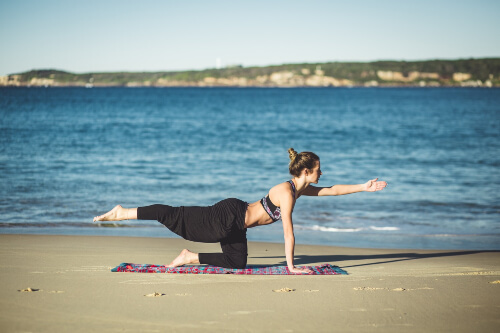
8. Kneeling Hip Flexor
This type of stretch is great for lengthening tightened hip flexors.
- Kneel on the floor.
- Take your left foot and place it flat on the ground so that your knee is above your ankle.
- Gently slide your foot forward just a few inches.
- Squeeze your left glute and push your hips forward.
- Hold the position for 10 seconds.
- Alternate between sides.
- Repeat 10 times.
9. Upper Trapezius Stretch
- Exercise can be performed standing or sitting.
- Gently tilt your head to the right side.
- Grab the top of your head with your right hand.
- Gently apply pressure to stretch your neck.
- Hold the position for 15 – 20 seconds.
- Alternate between sides.
- Repeat 3 times.
Start Your Journey to Good Posture Today
If you want to know more about how to correct your posture and get rid of unnecessary pain call one of our convenient Sydney Sports and Exercise Physiology locations today.

